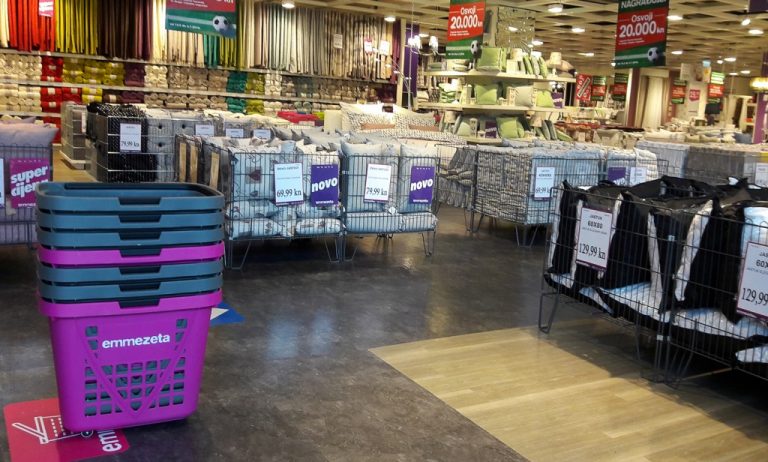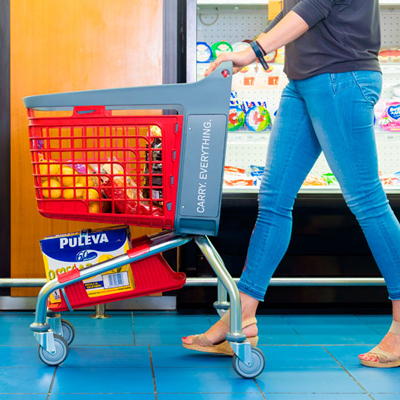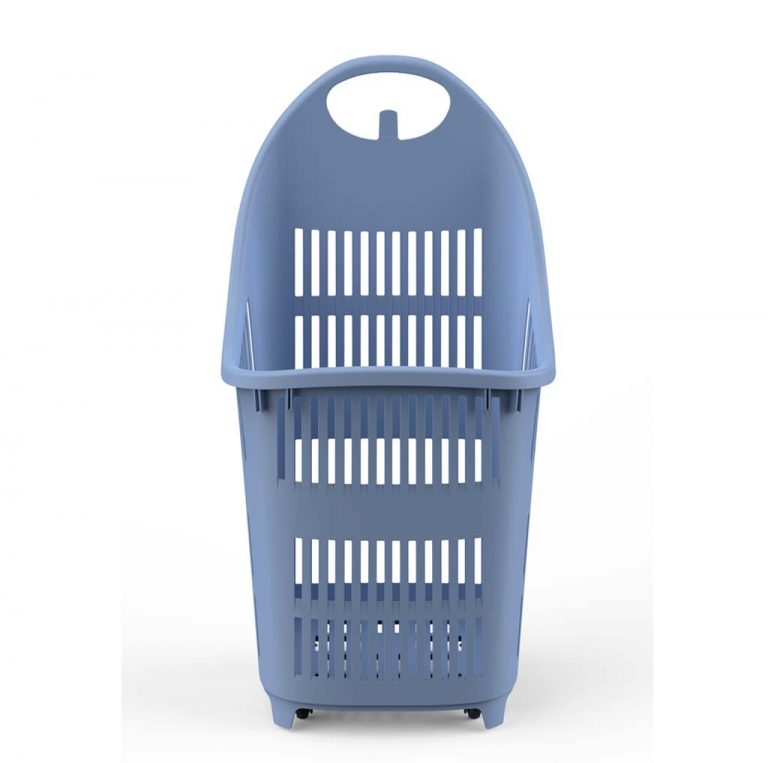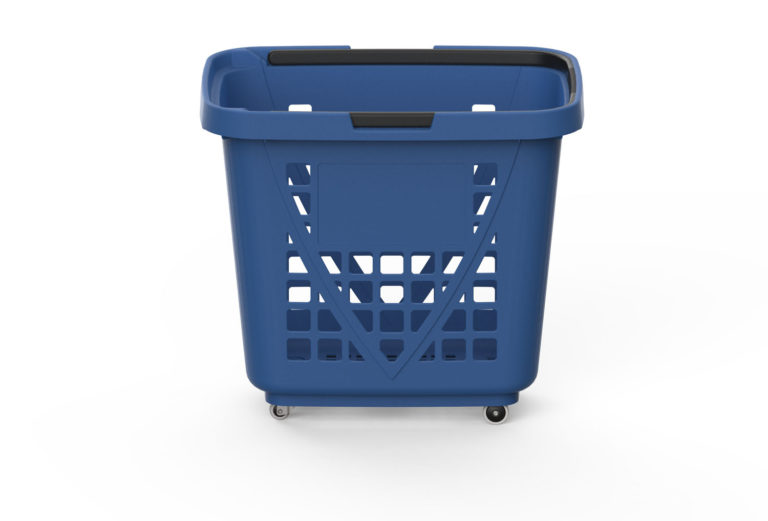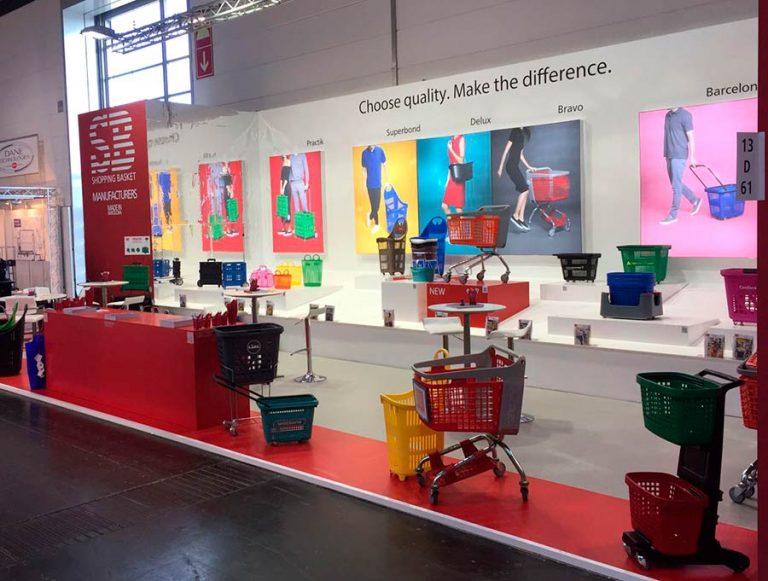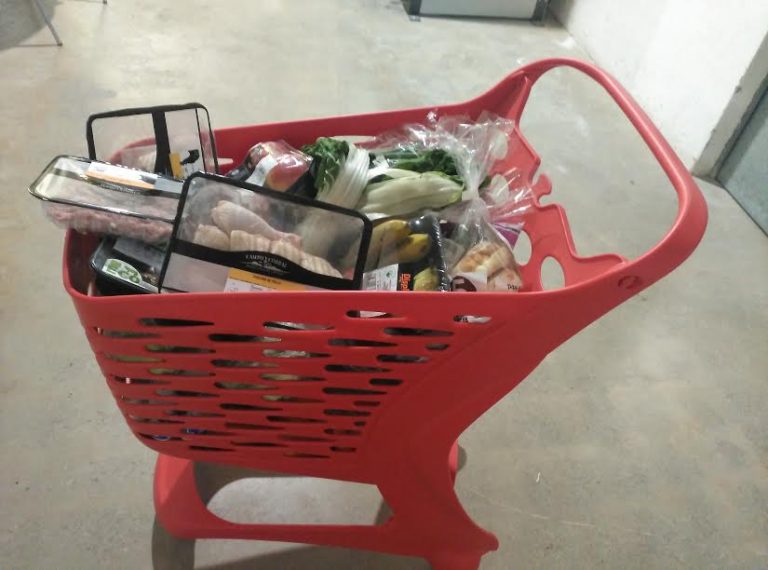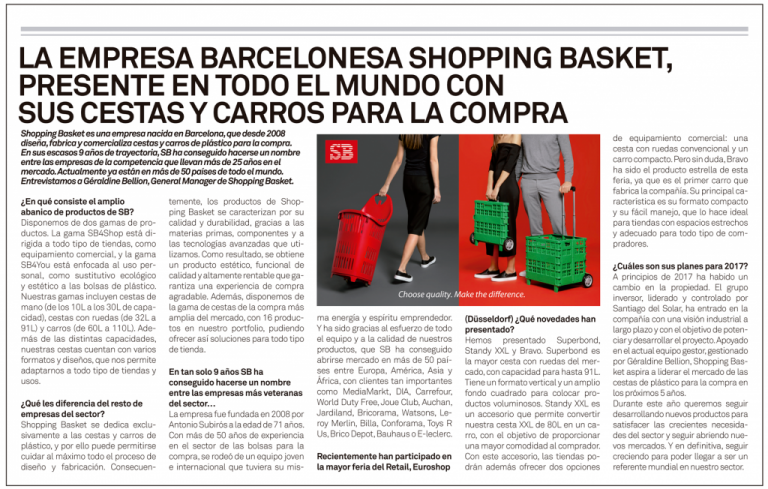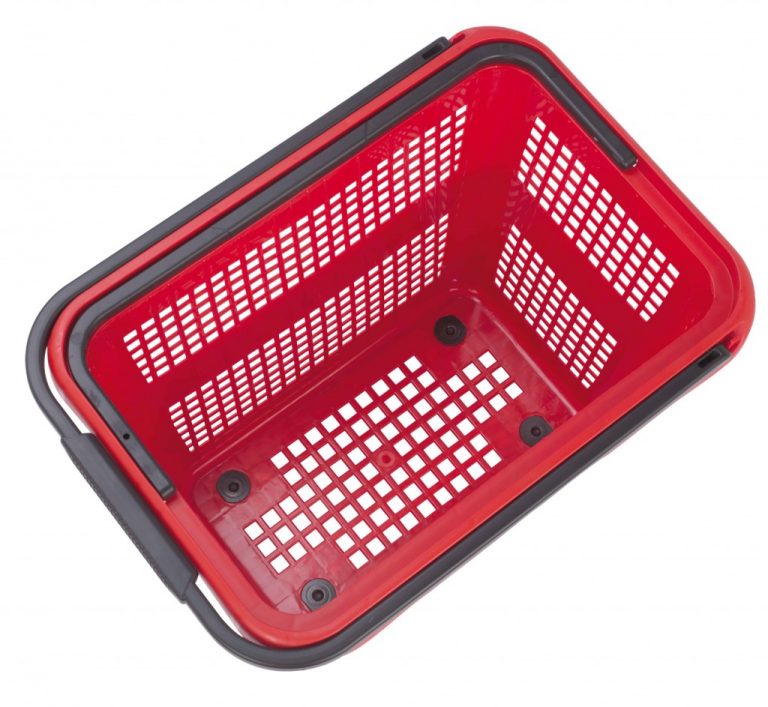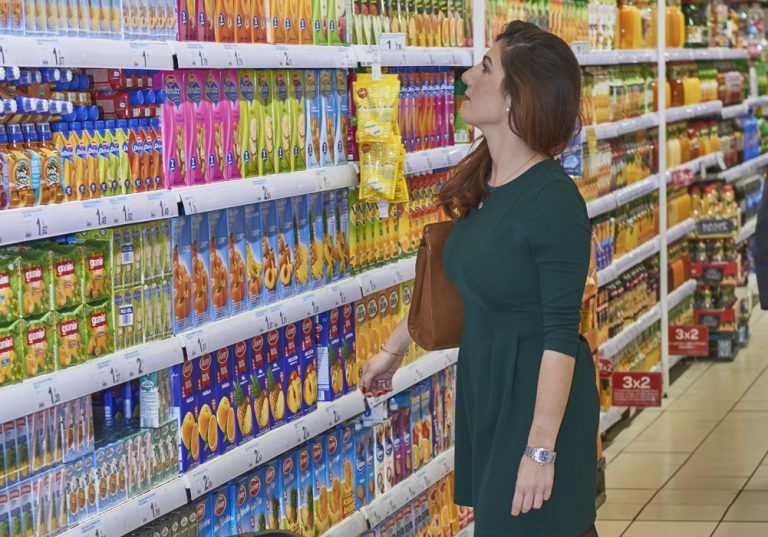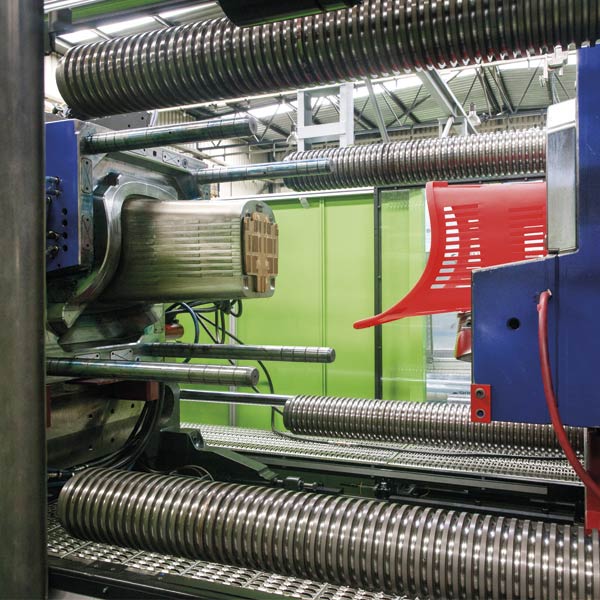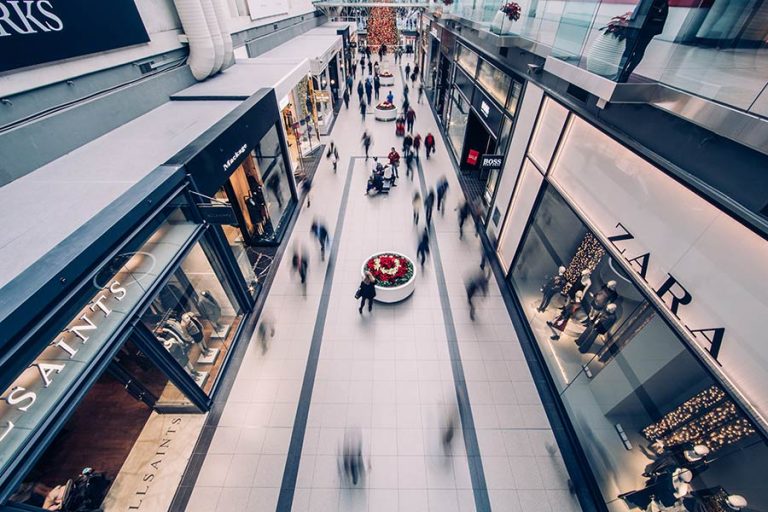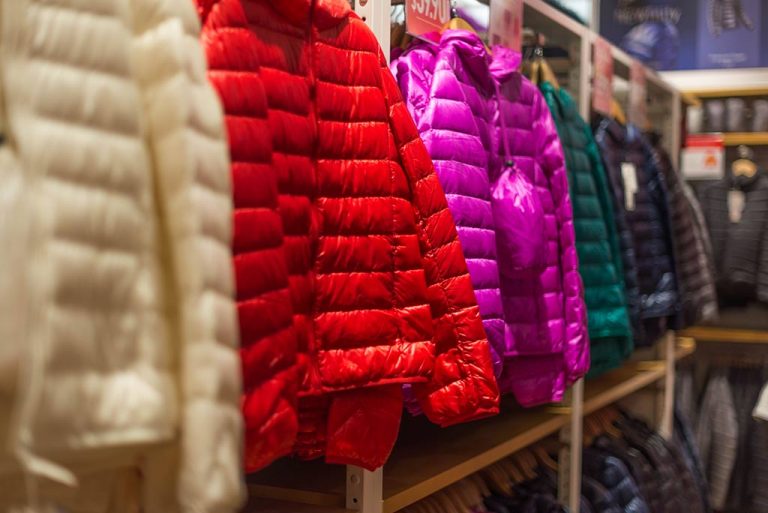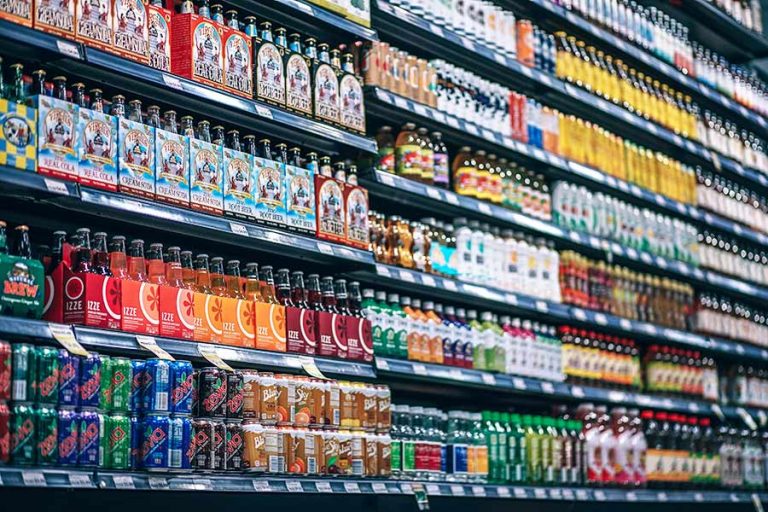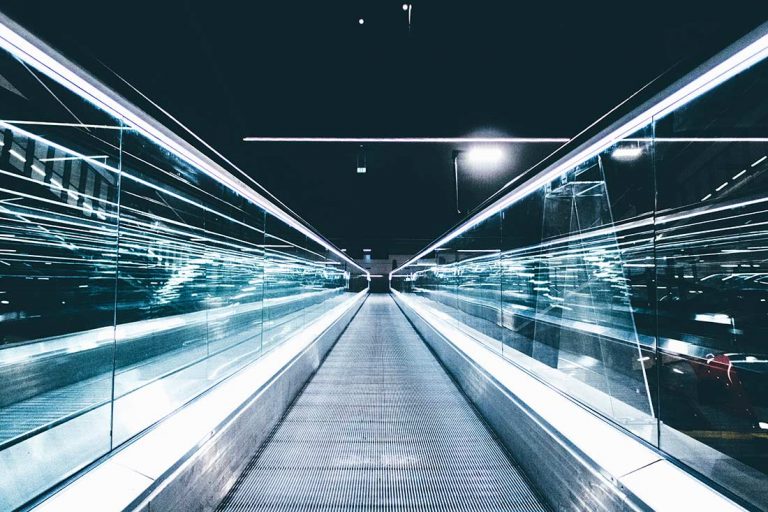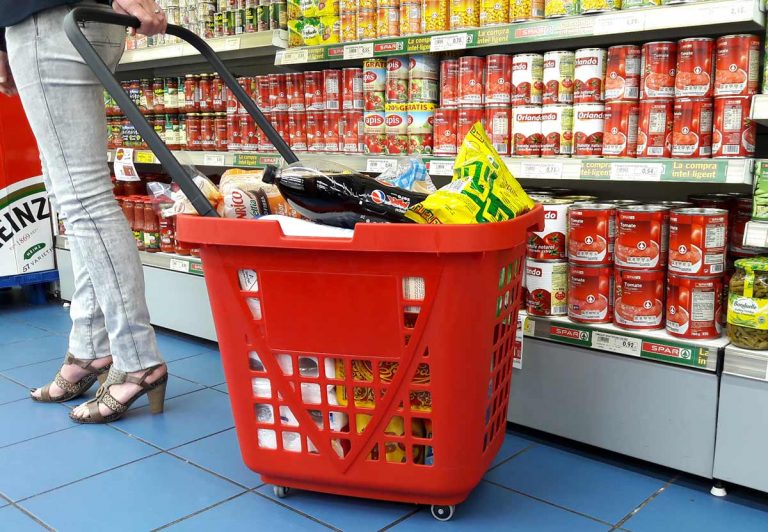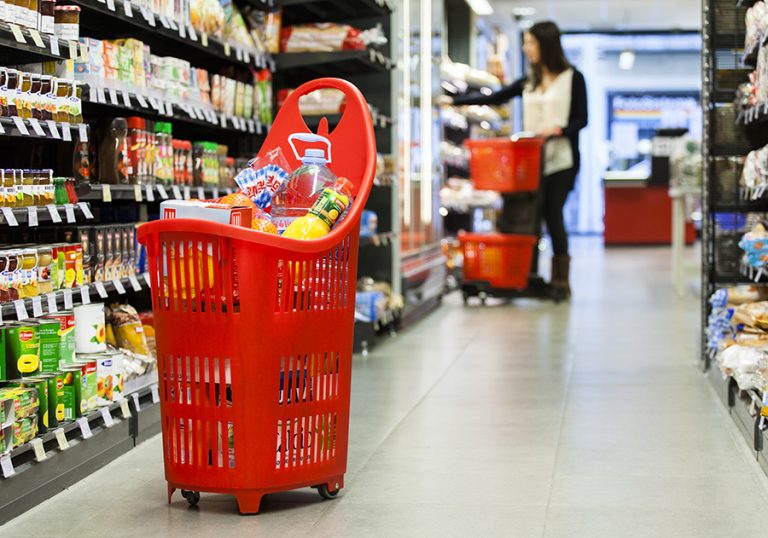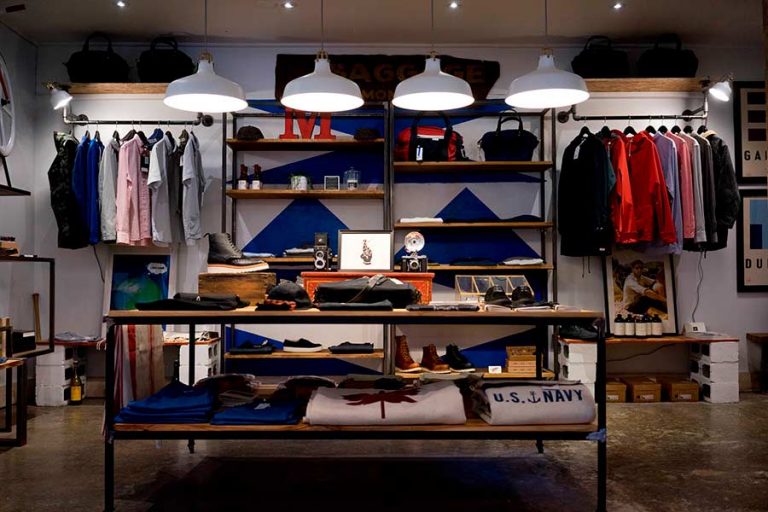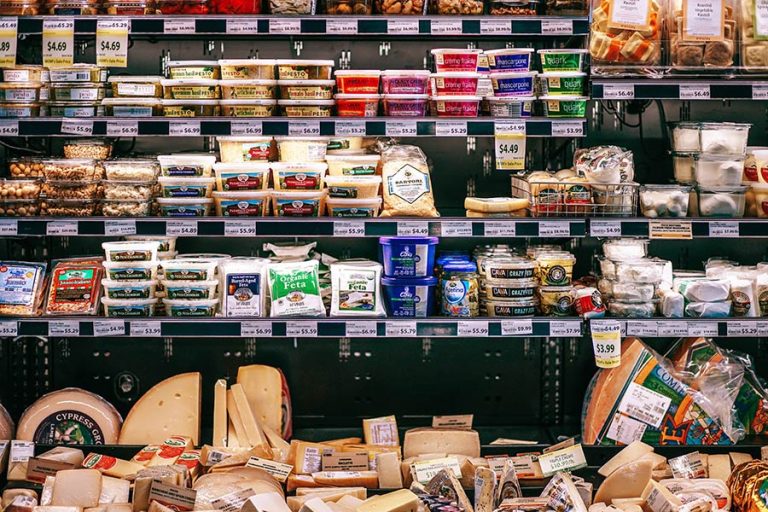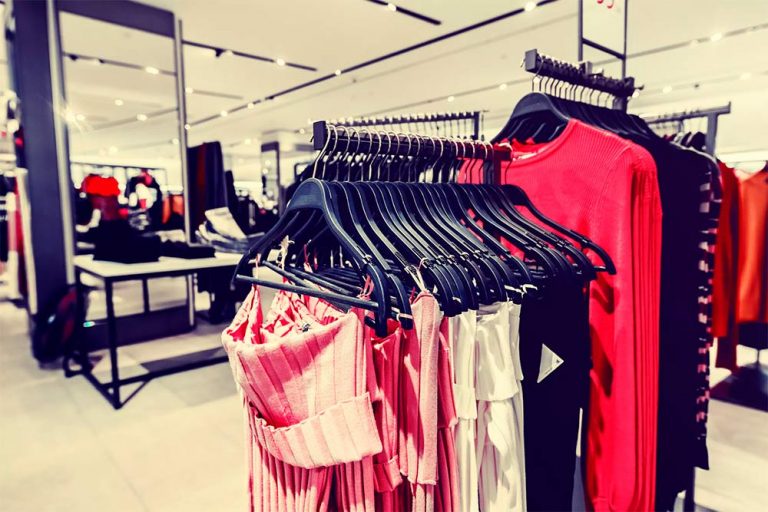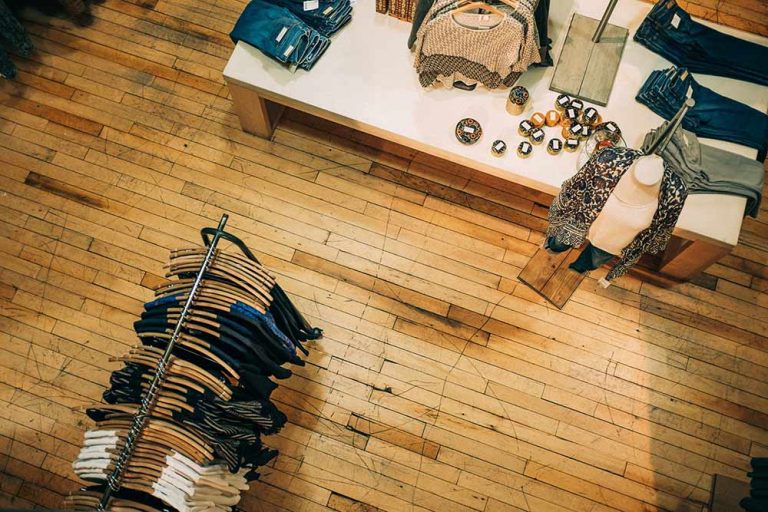Store traffic is a measure of great relevance within the retail sector. Analyzing customer flow and their movements within the establishment allows us to obtain information of great value for decision-making that helps us increase sales. With the rise of e-commerce, this factor becomes even more relevant if we have a brick-and-mortar business.
What is store traffic?
Se entiende como el tráfico o afluencia de tienda al número de personas que la visitan y las acciones que realizan en ella. Gracias a estos datos se realiza un análisis del funcionamiento del establecimiento para tomar decisiones que afectan al diseño, la experiencia y el marketing del local.
Store traffic, or footfall, refers to the number of people visiting a store and the actions they perform within it. Thanks to this data, an analysis of the establishment’s operations can be carried out to make decisions that affect the design, experience, and marketing of the store.

The importance of this metric
Having this data is crucial for retail businesses. It provides a range of benefits, including:
Design optimization
Understanding customer movements within the store helps to improve product placement and create a design that is more ideally suited to their needs.
Sales and Brand Image
Achieving maximum foot traffic allows us to introduce our brand to a broader audience. Additionally, having more customers leads to increased sales in the establishment while also achieving better positioning.
Customer Experience
With the data obtained through this metric, it is possible to create an enhanced experience for the customer. Making them feel comfortable in our establishment helps encourage them to buy more.
How this magnitude is measured
Over the years, various methods have been used to calculate this magnitude, from pen and paper to surveillance cameras and heat sensors. All these methods had some limitations, such as accuracy or constraints on a broader view.
Furthermore, to obtain good values, it is necessary to have a very large sample size, which can be costly or unfeasible for a small local business.
Location Data
To improve this analysis, location data have become key. Thanks to devices that track WiFi and Bluetooth signals from customers, much more precise monitoring and tracking can be performed, especially for the paths they take inside the premises. Additionally, motion sensors are used to measure the number of people entering and exiting.
However, not only the internal data of the business matter, but external data associated with the area of the establishment are also relevant. By analyzing demographics and broader patterns, it’s possible to understand the potential consumer moving around the area to perform predictive analysis. Here are some relevant data points:
- Demographic data can be obtained by visiting the local Census Office. We can get information about ages, genders, incomes, and other characteristics of the population influencing the store.
- Another important factor is the population density of the area where the store is located, which can help define opening hours or the necessary store size.
Combining these numbers with artificial intelligence can yield a more precise result of the business traffic. Thanks to all this information, much more appropriate decisions can be made to achieve growth.

Strategies to Increase Store Traffic
Thanks to the data obtained from store traffic, various strategies can be implemented to improve footfall. Some are straightforward and will not involve significant cost. Here are some examples:
- Store Design: Areas with less traffic should incorporate new products or pathways that can guide consumers there. Since payment is made for all the space, it must be fully utilized.
- Exterior: Both the display window and the rest of the exterior space must be invited to enter. It’s the first thing the customer sees and it needs to draw them inside.
- Events: Product launches, private sales, workshops, or presentations can create an unusual concentration of people and help project our image to a new audience.
- Local Community: Integrating into the community by sponsoring programs and creating connections helps to become a part of it. Generating affection between the brand and the customer increases visits.
- Local Positioning: A physical sales outlet also needs an online presence. It is necessary to focus on local SEO and ensure that online inquiries translate into visits.
- Adjustment and Flexibility: We must not lose sight of the data; it is necessary to understand how our strategies are working to adapt and improve them daily.
The Metric of Store Traffic is fundamental for retail businesses that have a physical location. To maximize performance, they need precise measurement methods that help us gather and process information. With this data in hand, we can make decisions and define strategies that increase footfall and, therefore, sales.

 Sign up for our newsletter and be the first to receive our articles!
Sign up for our newsletter and be the first to receive our articles!
